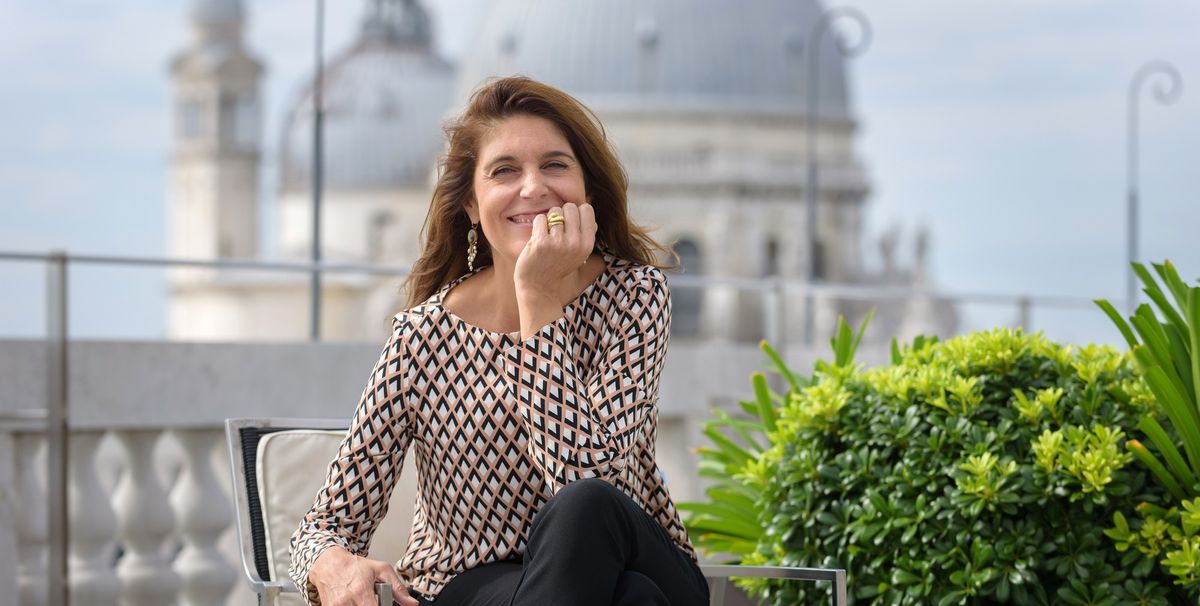One hundred and twenty artists have been invited to participate in the main exhibition of the 57th Venice Biennale, 103 of whom have been selected for the first time. The exhibition Viva Arte Viva (13 May-26 November), to be held in the Central Pavilion in the Giardini and Corderie in the Arsenale, is organised by this year's biennial director Christine Macel who says it has been “designed with the artists, by the artists and for the artists”. Macel, who is the chief curator of contemporary art at the Centre Pompidou in Paris, had previously promised that the exhibition would include more work from Latin America, the Middle East, Eastern Europe and Russia. More than a third of the participating artists hail from these regions.
The exhibition will be divided into nine “trans-pavilions” or chapters, each taking on vast themes, including the Pavilion of Joys and Fears, the Pavilion of the Earth, and the Pavilion of Time and Infinity. The central pavilion in the Giardini is based around the idea of otium and negotium (leisure and work), where Green Light, a project co-founded by the Danish-Icelandic artist Olafur Eliasson will take place. The initiative, which was launched in Vienna, helps refugees and migrants come together with local people to make lamps from recycled materials. Proceeds from the sale of the green lamps, which Eliasson designed, go towards helping other refugees.
The other pavilions will show lesser-known artists such as the late Maria Lai (1919-2013) and another Italian, the veteran abstract painter Giorgio Griffa. Among the younger artists chosen by Macel are the US video artist Rachel Rose, and Cairo-based British artist Hassan Khan. Additional programming will introduce the participating artists, including daily videos that will be screened on the Biennale’s website in the run up to the exhibition’s opening and the initiative Open Table, which invites audiences to share lunch with an artist every Friday and Saturday throughout the six-month exhibition. The number of new exhibiting artists demonstrates the Venice Biennale's ability to “show events at the exact moment they are born”, said Paolo Baratta, the biennial's president at a press conference. He added that the exhibition would show “the work of art as an act of opposition, emancipation and generosity”.
Correction: we reported inaccurately that the Studio Olafur Eliasson would relocate to the Giardiani. In fact, the studio's Green Light project will take place during the exhibition. Launched in Vienna, the artistic project has welcomed participants from countries including Syria, Afghanistan and Iraq who come together with local people to make the lamps and also participate in language courses, seminars, film screenings and to share meals.


